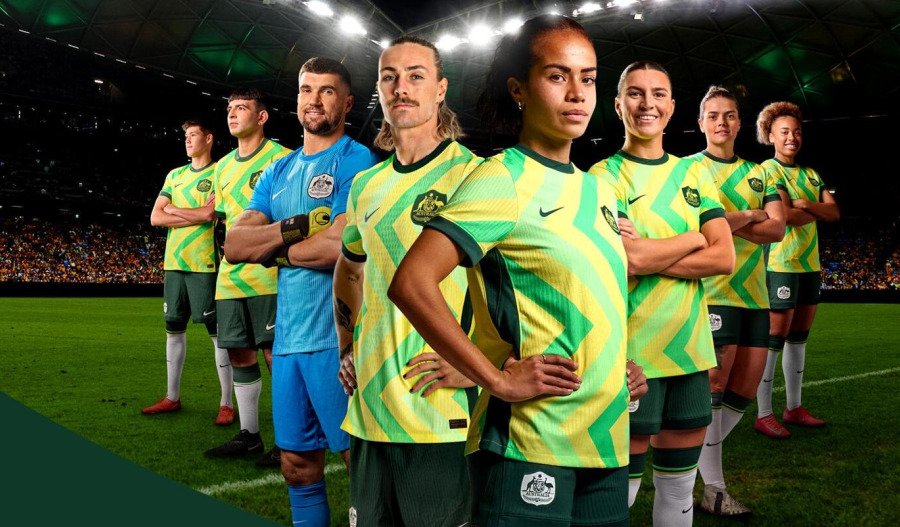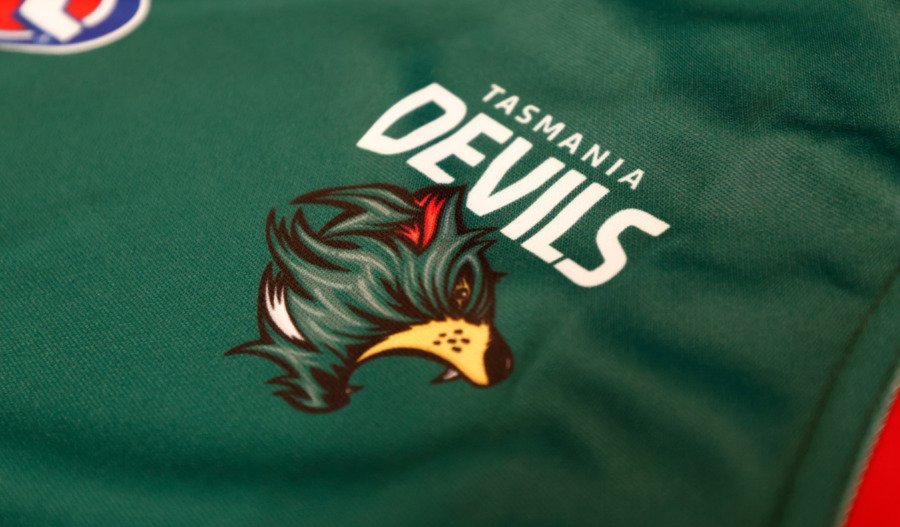Almost 30 years after a failed attempt to develop a following in enemy territory on the other side of the country, the Sydney-based National Rugby League (NRL) is heading to Perth with scarred fists full of cash.
The NRL is charging like a prop forward into Western Australian (WA), a stronghold of Australian rules, as the Australian Football League (AFL) continues its 15-year fight to establish beachheads in entrenched rugby league areas like western Sydney and the Gold Coast.
Competition for dollars and eyeballs is intense between Australia’s two major football codes with soccer and rugby union trailing in the distance in what may be the world’s most competitive football market, worth $2 billion per year (US$1.3 billion).
However it is not going to be a fight to the death, according to analysts, who say the expansion is more about negotiating larger broadcast rights deals to drive revenue.
“At the end of the day both leagues understand that neither of them is going anywhere,” Dr Adam Karg, a Professor in Sports Management at Deakin University, told Azzet.
Monash University lecturer in sport and Australian studies Dr Tom Heenan said the so-called ‘Barassi’ line separating the parts of the country where Australian rules and rugby league were most popular remained firmly entrenched.
The NRL announced in May that the Perth Bears would become its 18th franchise in 2027, adopting the name of a Sydney team that last played in the competition in 1998, a year after the Perth-based Western Reds lined up in the defunct Australian Super League.

The WA Government is kicking in $60 million in financial support for the Bears over seven years plus $5.6 million for match day support and marketing.
“Rugby League is the biggest sport in Australia and the Pacific, so a team in the economic powerhouse of Western Australia is a natural fit,” Australian Rugby League Commission (ARLC) Chairman Peter V’landys AM said in a media release.
The well-worn path
The NRL was following a pattern established by the AFL in 2011 and 2012 when it moved into traditional rugby league territory with Greater Western Sydney (GWS) Giants and the Gold Coast Suns.
The Victorian Football League (VFL) was an expansion pioneer, targeting rugby league cities when it moved to South Melbourne in 1982 to create the Sydney Swans, and when it established the Brisbane Bears (now the Brisbane Lions) in 1987.
Its successor, the AFL, stayed on safe ground when it added two teams each in Perth and Adelaide and plans a 19th franchise in Tasmania in 2028 if the state government builds a $1 billion (US$649 million) stadium for the Tasmanian Devils.
Karg said geographical expansion provided the codes with a continuous broadcast of live sport across a wide range of time slots.
He said the Super Rugby (union) competition achieved this across the southern hemisphere when it featured teams from New Zealand, Australia and South Africa from its inception in 1996 until 2020.
“As much as attendance and membership and all of that are critically important, directly and indirectly, the main (driver) is TV rights,” he said.
The AFL inked a record A$4.5 billion broadcast deal in 2024 with Seven Network (ASX: SWM), Foxtel and Telstra (ASX: TLS) for 2025 to 2031, making it the biggest sports broadcast rights agreement in Australian history and outpacing the $2 billion-plus the NRL got in 2021 from Nine Entertainment (ASX; NEC) for 2023 to 2027.
“This partnership is an incredible result. Unprecedented and the biggest in Australian sport,” then AFL CEO Gillon McLachlan said at the time.
Distant horizons
Karg said the AFL would consider the addition of GWS and the Suns to have been successful only if the teams were viable after 20 or 25 years.
“The NRL will not be on record saying this ‘we don't we expect this (the Perth team) to break even in 15 years’, but I think that's the view you've got to take when you're putting teams into (new) markets,” he said.
Sports have four key revenue streams: broadcast revenue; membership revenue and ticketing; sponsorship, corporate sales and hospitality and other commercial revenue; and licensing or merchandising.
Expanding into Perth allowed NRL to cover multiple time zones from mid-afternoon with a game in New Zealand to midnight with a match in Perth finishing.
A challenge for broadcasters over the next 20 years would be to capture and retain the attention of younger viewers, particularly if the games were not attractive, Karg said.
Rugby union suffered because the ball was in play for less than half of the game due to scrums and goal kicking while sports like basketball and baseball in the United States had limited shooting and pitching times to increase viewer appeal.
“So I think there's a need [for] sports to keep themselves entertaining,” he said.
The other issue to consider was how to expand without affecting the standard of competition and ensuring a supply of quality players for new teams.
Heenan expects more football broadcasting to move from free-to-air (FTA) television to streaming services behind paywalls over the next decade.
He questioned if the AFL was serious about adding a team in Tasmania given its insistence on a stadium being developed and he believed the AFL was never going to ‘crack’ the western Sydney market due to the strength of league and soccer.
But geographical expansion strengthened their position when negotiating broadcast rights.
“You can go in with that with a bigger bargaining chip,” Heenan said.
The rights stuff
About 65-70% of sporting bodies' revenue comes from media rights or sponsorship, according to media rights adviser Colin Smith.
Smith, the Foundation Director of media rights advisory business Global Media and Sports and a director Media Rights Value, expects the value of these rights to “flatline”.
Typically 80% of the value came from subscription services like Foxtel’s Kayo Sports, now owned by DAZN, and Nine’s Stan Sport with the balance coming from FTA television broadcasters, which were facing falling revenue and declining margins.
“Just to put that context around that, if the AFL went to market now, they wouldn't get the same deal as they got (last time),” he said.
Although new streaming services like Amazon’s Prime Video, Apple TV+ or Netflix could also compete for rights, they typically bid on just 10% of the total viewership in any market they enter.
Smith also questioned whether Nine would try to win the next round of NRL rights only for its FTA Nine Network business or also “bid the farm” through Stan Sport.
He said a Tasmanian team would not be accretive to value in terms of the growth in the AFL television audience.
The AFL was likely to double the $250 million-plus it had poured into GWS and the Suns “by the time it is finished” while News Corp endured $75 million worth of losses owning the Melbourne Storm in the NRL between 1997 and 2013 before offloading it to a private consortium, according to Smith.
“The investment of new clubs coming into a league is a 10- to 20-year commitment,” Smith said.
While acknowledging the WA Government was providing funding to the Perth Bears, he expected the NRL would also have to invest up to $500 million over 10 to 15 years.
Smith considers this a flawed decision, saying the NRL should have added a second New Zealand team, based in Christchurch, which would have created State of Origin-type rivalry between the north and south islands.
This was demonstrated by the success of the Redcliffe Dolphins, a second team from the greater Brisbane area which was granted a franchise in the face of resistance from the Brisbane Broncos (ASX: BBL), a foundation NRL club established in 1987.
He also believed that the NRL’s decision to base a team in Papua New Guinea from 2028, with $600 million of funding over 10 years from the Australian Government, would have a “miniscule” impact on the value of media rights.



